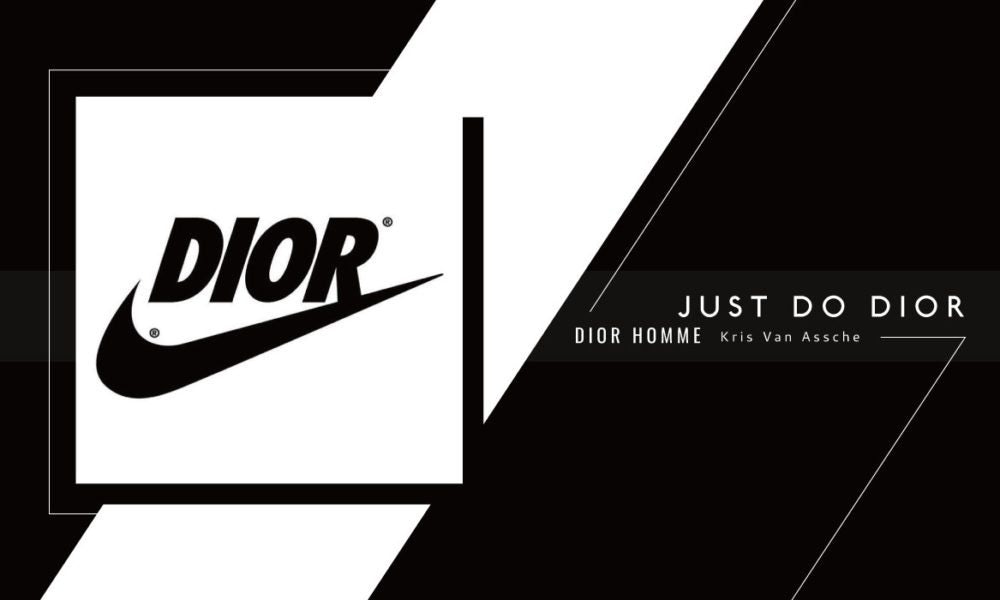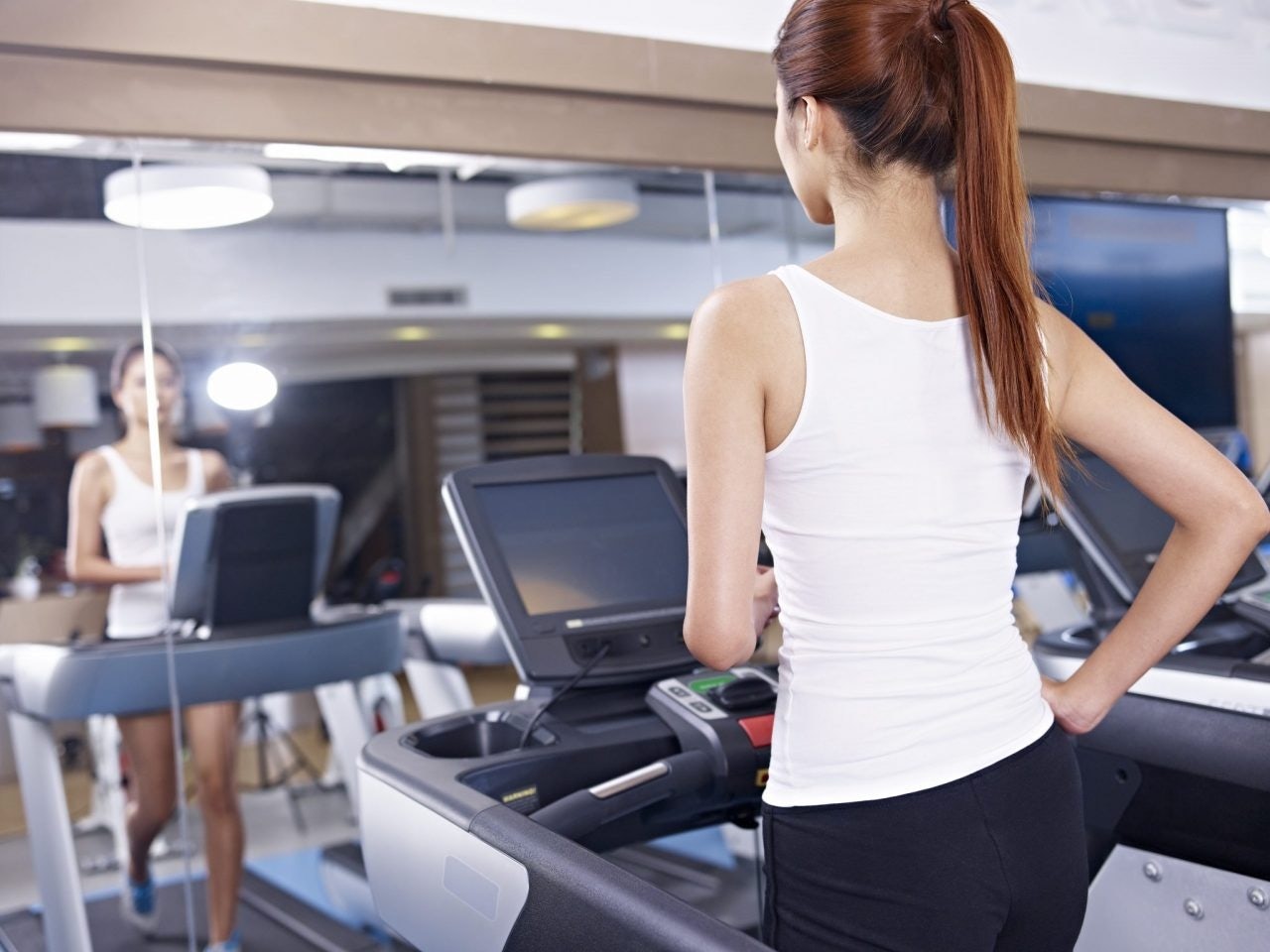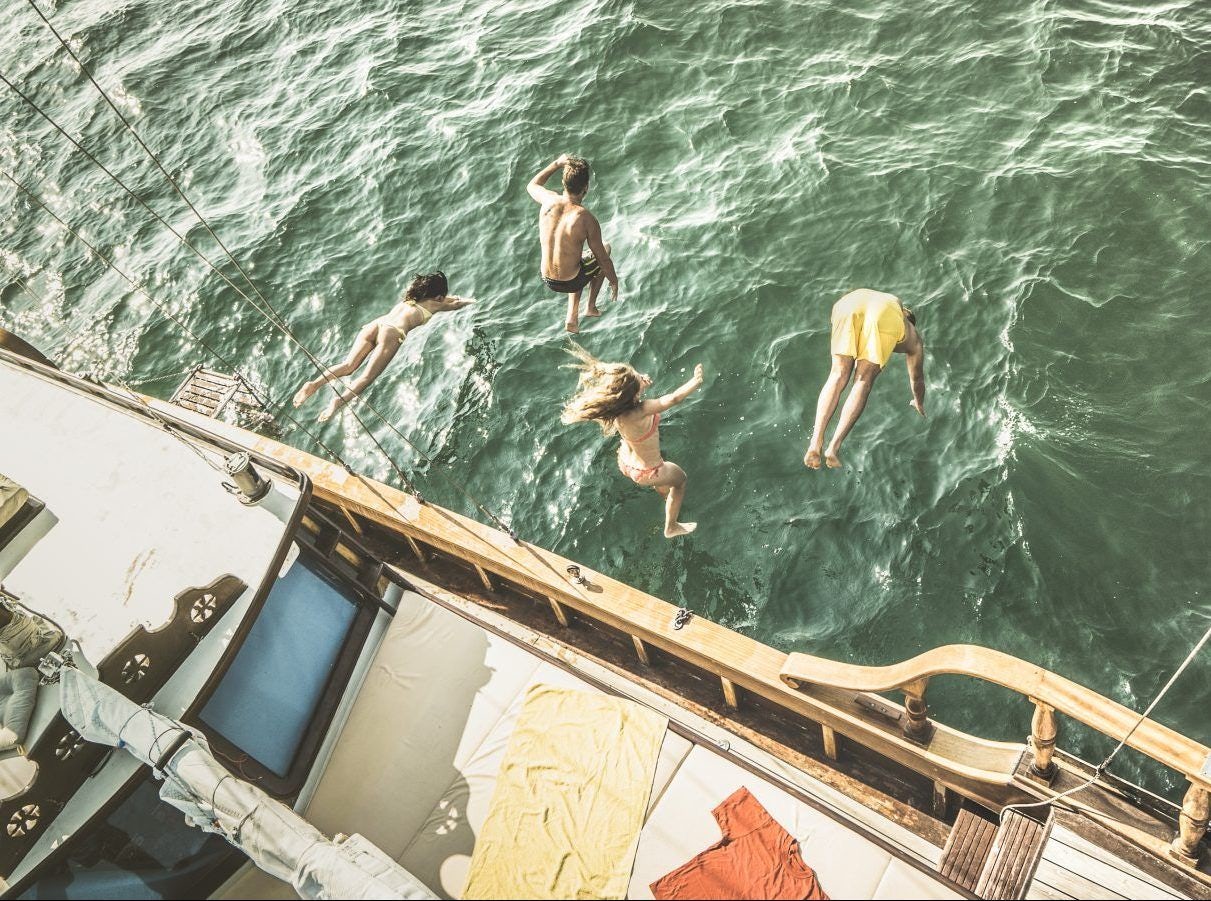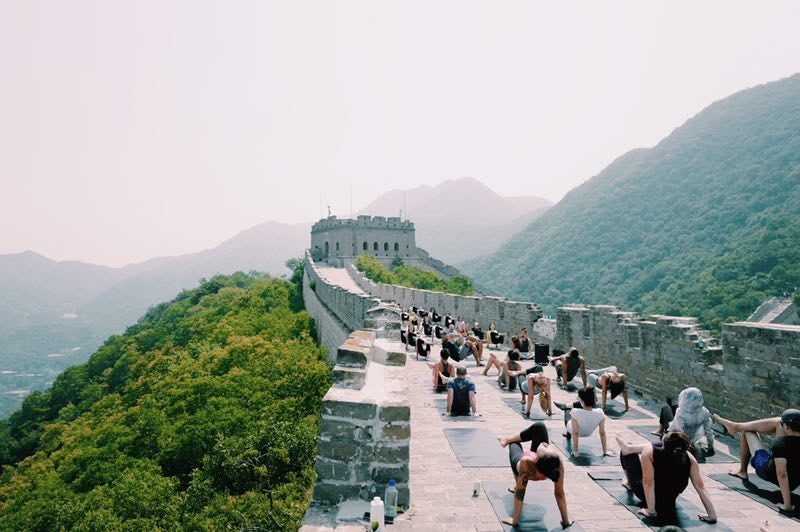As average Chinese families get wealthier, they seek more from their luxury consumption than the mere ability to show off. As the face of luxury and fashion continues to change, luxury brands need to remain attuned to these fluctuations in order to stand apart from their numerous competitors in China. One increasingly apparent dimension to Chinese consumers’ understanding of new luxury is the rise of athleisure.
A new study by the Hurun Report and the Shenzhen Catic Wellness Group, released on September 15, as reported by the South China Morning Post, reveals that wealthy Chinese consumers are spending about one-fourth of their family’s budget each month on healthcare and fitness which encompasses fitness classes and healthcare products. The study was based on a survey of 500 wealthy individuals in 11 major Chinese cities whose average personal fortune is 24 million yuan.
The shift in attention to health management, especially in the way of fitness classes and outdoor activities, has led to increased demand among China’s wealthy for good-quality, functional, and fashionable clothing and gear from high-end brands.
Wealthy families who hope to invest in their kids to help them become more prepared and competitive among their peers are a key driving force in the market for high-end sports items and athleisure in China.
A recent report suggests that more and more high-income families in China’s most developed cities are into high-end sports, which they consider a good investment in and training for their kids. These families spend somewhere between 150,000 and millions of yuan on hockey, horseback riding, golf, and rowing courses, in addition to all the accompanying equipment and activewear.
“I’ve spent about 2,000 yuan on my kid’s waistcoat and boots so far,” said a Shanghai-based mom who enrolled her son in horseback riding courses. “And he will need new ones every year or two.”
This corresponds to Irene Lau, China VP of leading luxury department store Lane Crawford, who remarked that Chinese consumers “are looking for brands that successfully mix the sense of fashion with fitness. The pieces that can easily work with their wardrobes are preferred.”
Then there is China’s affluent millennials who are open to new lifestyle trends and long to express themselves through fashion.
In the past few years, a “fitness wave” has splashed over celebrities and fashion bloggers around the world, China included. Fitness centers have become a favorite spot for paparazzi to catch the good side of models and Hollywood stars such as Gigi Hadid, Rosie Huntington-Whiteley and Karlie Kloss.

Similarly, in China, lifting weights at the gym, going hiking, or even just wearing athleisure-style clothing—whether or not there’s exercise involved, have become the new signifiers of status on social media. Even social media maven Becky Li, who has accumulated over 1.6 million followers on her WeChat account, which offers tips on the latest fashion trends, recently mentioned in a post that she has finally “gotten into the fitness business and started take yoga classes.”
In many cases brands have already begun to embrace this new development. LVMH, the luxury conglomerate known best for owning aspirational brands Louis Vuitton, Dior, and Moet & Chandon, acquired the Italian bicycle manufacturer Pinarello (known for its handmade bikes) in 2016. Luxury watch brand Longines prides itself in its passion for equestrian sports. And earlier this year, Louis Vuitton collaborated with New York-based skateboard and streetwear brand Supreme, which has only become popular in recent years. The high-low partnership was a huge success, and consumers around the world went crazy for the collections, which sold out in no time.
In February, Dior Homme artistic director Kris Van Assche took to Instagram to post a photo that mashed the logos of Dior and Nike, with the caption “JUST DO DIOR.” Although Kris Van Assche soon deleted the picture, it nonetheless reflects a growing awareness of the influence of athleisure in the fashion and luxury industries.
Chinese consumers are becoming more rational when it comes to following luxury brands and fashion trends. While luxury still connotes to its audience a sense of the elite, the exclusive, and the extravagant, many wealthy Chinese people today hope to tap into a brand’s offering of a way of living that speaks to more than simple material value. And health and athleisure, for now at least, seem to be just the ticket.



